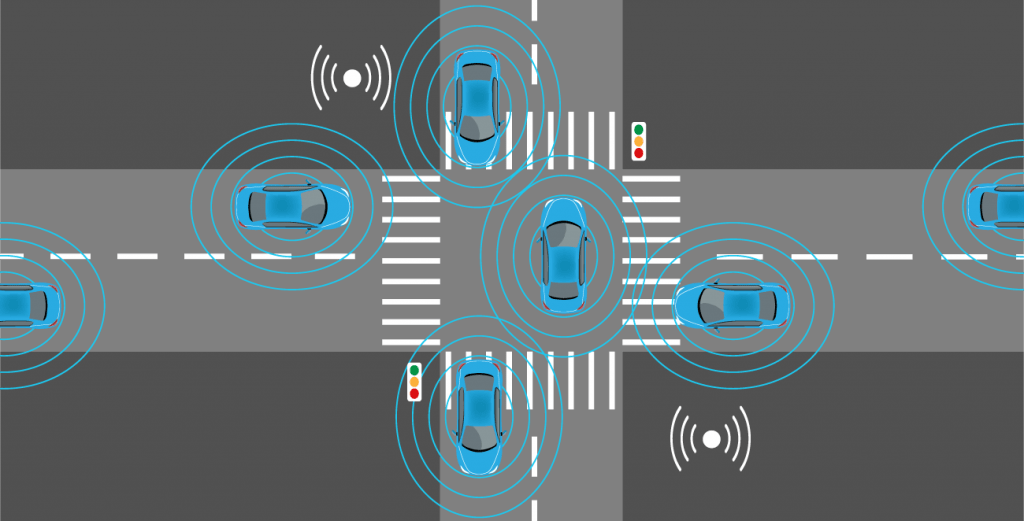Telematics is a system of gathering and storing information about the vehicle. The data collected can be used to analyze the vehicle’s performance and condition, as well as the driver trends and much more. A telematics system operates on several levels to track multiple different things simultaneously. While tracking both the vehicle and the driver, it also tracks location.
Tracking the vehicle’s performance allows for the owner to determine if it is running most efficiently. The tracking may include tracking gas mileage and oil usage, which can provide insight into the overall performance of the vehicle. The better you understand the vehicle’s performance, the more cost-effective you can make your business.
Telematics can also track the behavior of the driver, including average speed, erratic behavior, sudden stopping, and more. Tracking these elements can help a company determine if a driver needs retraining or needs fired. If there are concerns over a driver’s behavior or delivery times, telematics can answer some of the questions raised.
If a driver gets in an accident, telematics can help determine who was at fault in the accident. Knowing if the driver was speeding or acting erratically before an accident can be very telling. The telematics can also help a company assess the damage to the vehicle following an accident. While not everything can be determined through telematics, it can provide a lot of information to either discredit or verify the verbal account of events.
Telematics can also be used like a GPS locator always to know where the vehicle is and where it is heading. The tracking can be helpful in several ways. First, it can help locate a vehicle if the company loses contact with the driver. This can be lifesaving if the driver was in an accident or went off the road. It can also be used to locate a vehicle if the driver reports were stolen.
Companies can also use the GPS to determine if the drivers are taking the fastest and most direct route, as well as if they go off course or how long they stopped at truck stops or service stations. Ensuring that the drivers are taking the best routes and not wasting time at truck stops is essential to customer service and cost-effectiveness. Getting the shipments to the customers in a timely fashion is critical. Additionally, not taking the fastest routes or taking long breaks can cost the company money.
Fleet telematics systems have been used by trucking companies for many years to help track their fleet and monitor both the vehicle and the driver. Insurance companies are also using them for personal vehicles. Drivers can choose to have a tracking system in their car with the promise that their good driving can result in a discount on their insurance.
While a personal driver may get the discount, they are giving the insurance company permission to track their driving and have GPS access to where they are at all times. Likewise, if they are in an accident, the information from the tracking system can be used to determine the fault and coverage of the accident. It can also help locate a missing vehicle.
Even though telematics is not extremely new, they have developed significantly over recent years providing companies with even better tracking than they thought imaginable in the past. Everything from speed to how close the vehicle is to needing an oil change can be tracked. Telematics has given trucking companies the ability to access their profitability better and strategically reduce expenses. They have also helped insurance companies lower their costs by encouraging drivers to be more conscious of their driving.




